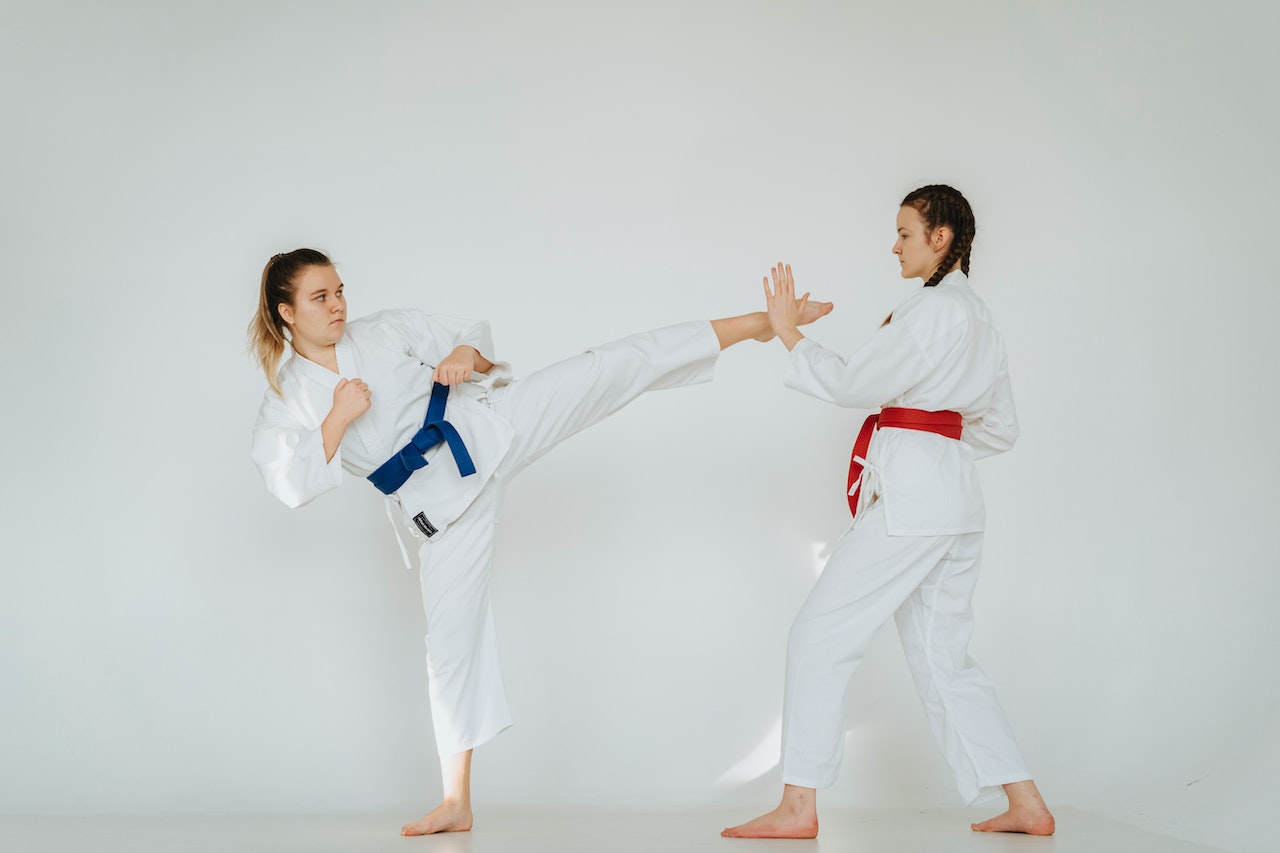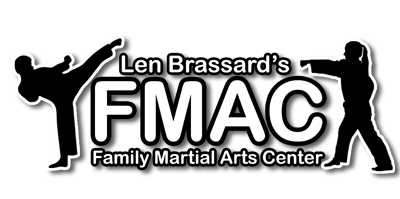
Learning the Dance Steps Before the Recital
For those who practice the martial art of Kenpo, kata is an essential part of their training. But what is a kata? And how many are there? In this article, the mesmerizing grace and beauty of Kenpo’s free-flowing power will be described and outlined for your basic introduction to “kata” and why diligence, focus, and practice are essential in any study of Martial Arts.
What is Kenpo Kata
Kata is a series of movements used in martial arts, such as Judo, Karate, and Aikido. It consists of pre-determined sequences of various offensive and defensive techniques performed against imaginary opponents. The purpose of kata is to help practitioners develop their skills and increase their ability to defend themselves in real-world situations. It also increases strength, flexibility, and coordination.
How Many Kenpo Kata are There?
The number of katas in any martial arts style varies depending on the school or tradition that teaches it. For example, in traditional Japanese Karate, there are usually 15–20 katas that are part of the curriculum. On the other hand, in American Kenpo Karate, there are over 80 different katas that have been developed over the years by different instructors, schools, and styles, and some would respectfully suggest that with everything combined, the grand total is closer to 200.
Kata can be practiced solo or with a partner. Solo practice allows practitioners to focus on perfecting their form and technique without worrying about timing or pressure from an opponent. Partner practice helps students learn how to respond to an attack quickly and accurately while developing timing and coordination with another person.
Learning Kenpo kata is an important part of training for any student of this martial art style. Not only does it help them develop physical strength and skill, but it also teaches them discipline and respect for the art form itself. With so many different katas available, there’s something for everyone! Whether you’re just starting or have been practicing for years, incorporating some Kenpo form into your routine will help you become better at martial arts while providing hours of fun.
The Primary Colors
We’ve established that Kenpo kata is a series of pre-arranged movements that mimic the defense and attack techniques used in various combat situations, and the purpose of these forms is to teach the student self-defense strategies while also developing basic body mechanics, coordination, rhythm, timing, balance, and strength.
They are also beneficial for building mental discipline and focus because the multiple moves must be performed in order and with perfect technique. Every move must be precise, and no shortcuts can be taken. This means that each kata has to be practiced over and over until it is perfected. Students need to remember that each form has its own story; as they practice each one, they should imagine themselves fighting off multiple attackers using their newfound skillset.
There are a total of eight primary forms taught in traditional Japanese Kenpo schools: Seishan (13), Niseishi (24), Sanseiru (36), Seisan (13), Pachu (88), Chinto (7 stars), Gojushiho (54 steps) and Kusanku (viewing the sky). In addition to these primary forms, there are several other forms known as “ancillaries,” which can be added to the curriculum depending on the school’s style or syllabus.
These ancillaries typically include Shisochin (four directions) and Wansu (circle form). These sequences will vary slightly from school to school but tend to focus on similar techniques such as grappling, punching, kicking, and blocking, and some will also be assigned rank by belt color; White Belt Sequence 1 (known as Shodan), White Belt Sequence 2 (Nidan), Orange Belt Sequence 1 (Sandan), Orange Belt Sequence 2 (Yondan), Green Belt Sequence 1 (Godan), Green Belt Sequence 2 (Rokudan) Blue Belt Sequence 1 (Shichidan) and Blue Belt Sequence 2 (Hachidan).
Animal Forms
Another ancillary style of assigning kata might follow the “5 Animal Forms” (Tiger Form, Crane Form, Leopard Form, Snake Form, and Dragon Form). Each form has unique movements and techniques that must be mastered before progressing to the next level. In addition to these five forms, there are also several other variations, including the Chinese Seven Star Set (Tai Chi), Shaolin Five Animals Set (Shaolin Kung Fu), Goju Ryu Five Sets (Goju Ryu Karate) and Okinawan Five Sets (Okinawan Karate). All these forms have been developed over centuries by various martial arts experts worldwide.
The Entire Dance
Kenpo Kata is a complex but rewarding practice for anyone looking for an intense physical and mental workout. Complex by definition, not by practice. Whether you’re just starting out or already have some experience with martial arts training – learning one or more Kenpo katas can be beneficial in many ways.
Kenpo kata is an ancient practice that has been passed down through many generations. It teaches students valuable self-defense techniques while helping them develop strength, coordination, timing, balance, and mental focus. This is most definitely one of the perfect Martial Arts for children to explore and is a great addition to any level of fitness, coordination strengthening, balance, and independence nurturing opportunity. Socializing with those of similar peer tendencies is an incredible bonus. Enroll and attend as an entire family or an after-work stress reliever. Explore something new and give Kenpo a try today.
